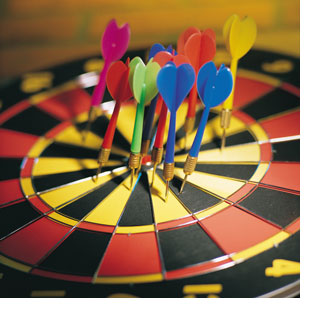
Running into my local supermarket to buy a few items before a vacation should have been easy. Just grab a few travel necessities and head to the 10 items or less checkout line. The problem wasn’t what to buy, I already had a short list in my head, the problem was which ones to buy. There are so many different options of every type of product available today. For example, in the 1970s there were only two types of Colgate toothpaste, today there are thirty-two different varieties to choose from. How do we decide which one to buy?
This problem doesn’t just exist at your local supermarket, it also exists online and is perhaps worse their because shelf space is not limited on an e-commerce website. Online buyers are constantly inundated with choice, so much that if the selling process is not designed correctly it could cripple a buyer from taking any action at all and you will loose the sale.
A classic study was conducted back at the supermarket with jam. Perhaps because that’s where choice is overly obvious. A small table was set up at which a woman was offering jam samples. In the first study group 6 different flavors of jam was offered. With 40% of customers stopping to taste some sample jam. Out of those who stopped for a taste, 30% purchased one of the flavors they sampled. In the second study group 24 different jars of jam were available to sample. More jam choices resulted in 60% of customers stopping to taste some jam. From which only 3% purchased.
When faced with more choices the brain actually has additional trouble deciding. That’s just simply the way the brain is wired. We think we want more choices but more just make more difficult to take any action. Our brains literally shut down in the face of more options.
It doesn’t matter if the different choices are in front of us at the supermarket or online. The human brain is wired the exact same way for everyone in every choice situation. We all go through the exact same steps when making a choice. If we as designers and marketers can understand the way the human brain works and how people choose, then we can design not only the look and feel but also the selling process. When e-commerce web design and an understanding of the brain are in-line we can sell more online.
Here are the steps that our brain is hard wired to go through when we are confronted with choice.
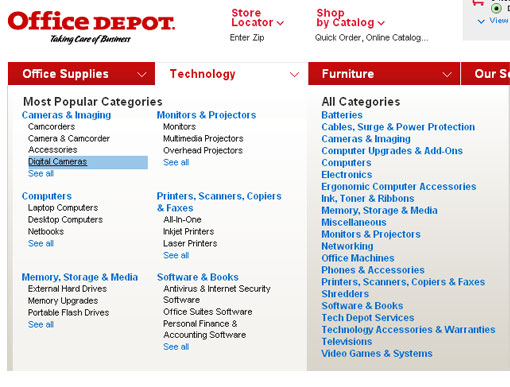
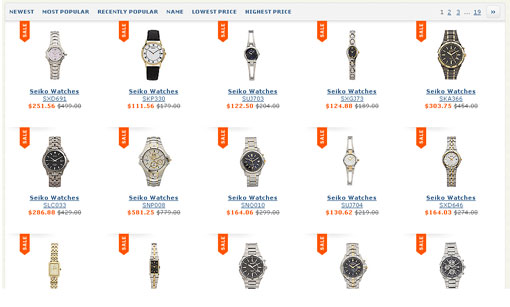
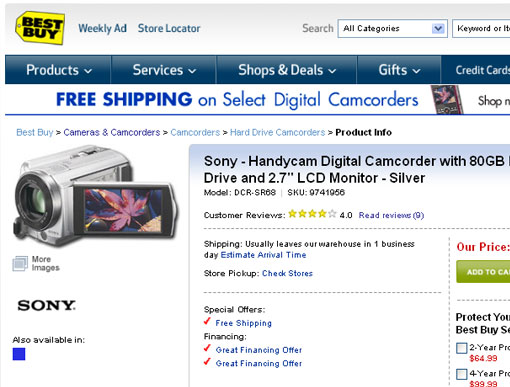
Step 1 – When confronted with several different choices our brains begin to choose by winnowing, or narrowing down our choices. On a website we begin by looking at the top-level navigation. This first step happens entirely in the mind of the prospect and this is where the taxonomy of your website is important.
Step 2 – After winnowing our choices down, our brains go into selection mode. On a website this is the stage where our minds enter the gallery page, or category level page. This step happens on the screen. We look through the visual choices offered and click one to move to the next step in our minds.
Step 3 – The final stage our brains go through when making a choice is validation. At this point a buyer has clicked through to the detail page of the product they choose in step 2 selection. They are deeper into purchasing and they are looking for only one thing, to validate that their choice is the right choice for them. The details of the product are important here. If the buyer is unsure or if you didn’t do a good job of designing the buying experience, remember the jam example earlier, then the buyer will resort to pogo sticking. Just like a kid on a pogo stick, your visitor will bounce back and forth from gallery page to detail page searching desperately for validation trying to make the right choice. They won’t be blaming you the marketer or the web designer because they do not know how their brain is wired to go through these same steps every time, but only you have the power to help them buy.
The human brain goes through these same three steps, Winnowing > Selection >Validation for every multi choice decision we are confronted with. As web designers and marketers we need to understand how the mind works in order to help visitors buy online. By tapping into your newfound knowledge of how the brain is already hard wired to work and choose, you can leverage that in your online selling cycle to help people buy and optimize your online conversion rate.
Discover the 3 funnels that can help your health supplement business succeed.
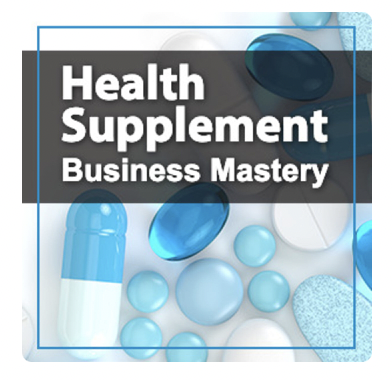
Listen to the Health Supplement Business Mastery Podcast for for dietary supplement entrepreneurs and marketers.
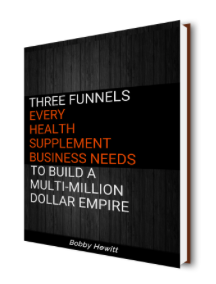



Thanks for tweeting this post
Dig this piece. Keep on working. I’m an admirer.